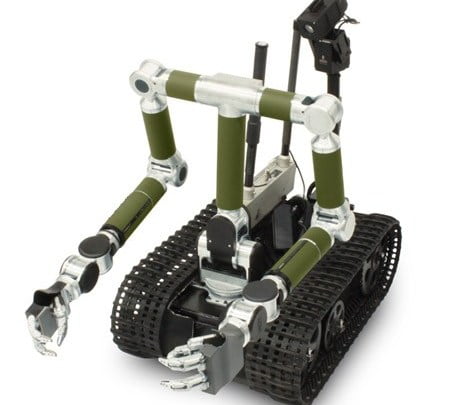

Apple has long been credited with being a company that could see the future, and IDEO, the California design consultancy famous for developing the Apple Mouse in 1980, helped the Silicon Valley company realize it to great success.
So it may have come as a surprise to the attendees of Fortune’s Brainstorm Design conference in Singapore that IDEO’s president and chief executive, Tim Brown, conceded that he didn’t foresee the key role that design would play in the business world in 2019.
“Who knew that organizations trying to make changes happen at scale…would be looking to have human-centered design?” Brown asked, gazing through his two-tone Coke-bottle glasses. In no way, he said, could he have predicted that businesses and organizations “would see the potential in design.”
But it’s been a decade since Brown published his book Change by Design, a seminal oeuvre among the professional design community, and he surely had a role in helping change minds. Indeed, “a decade and a half ago, there was absolutely no discussion of design or design thinking in business schools,” Brown told interviewer and Fortune Asia editor Clay Chandler. Today, Brown can’t name a business school that doesn’t teach design case studies to MBA students.
Still, there’s more work to be done. At the very top of organizations, Brown said, it takes leaders who are insightful and see the potential and help unlock it. “There are very few CEOs of large-scale companies who really get it,” he said. “But there are going to be many, many more over the next decades.”
Besides, he added: “We’re at a moment where there’s almost no societal system that doesn’t require a redesign.”
Machine learning and artificial intelligence “are having a fundamental effect on the way everything works,” Brown said. Systems designed for the first or second industrial revolution “are no longer fit for purpose” as the world embraces a fourth. We’re now designing for a “circular economy,” rather than a linear one, in which materials are reused. And digital transformation efforts abound.
“We can launch new products more quickly and learn from them,” Brown said. But, the executive warned: That’s not always enough on its own. When it comes to taking digital products to scale, “It doesn’t happen overnight,” he added. “Many of these organizations that are looking to IPO this year have been around awhile. They got going six or seven years ago.”
The learning process is accelerating. Look no further than China’s CEOs, some of whom are dedicating serious time to hit the books about design leadership. “I’m very impressed,” Brown said. “These CEOs are learning fast and going to be competing in new ways.” And they’ve got scale built into their home market—”exactly the same thing American companies had 100 years ago,” he said.
But the future will be best embraced by those who go back to the basics.
“For me as a designer, empathy is not the end, it’s the means,” Brown said. “I don’t want to be designing things just for me. I want to be designing things for people who are different from me.”
He added: “We’ve got a duty to do better.”
[“source=fortune”]





